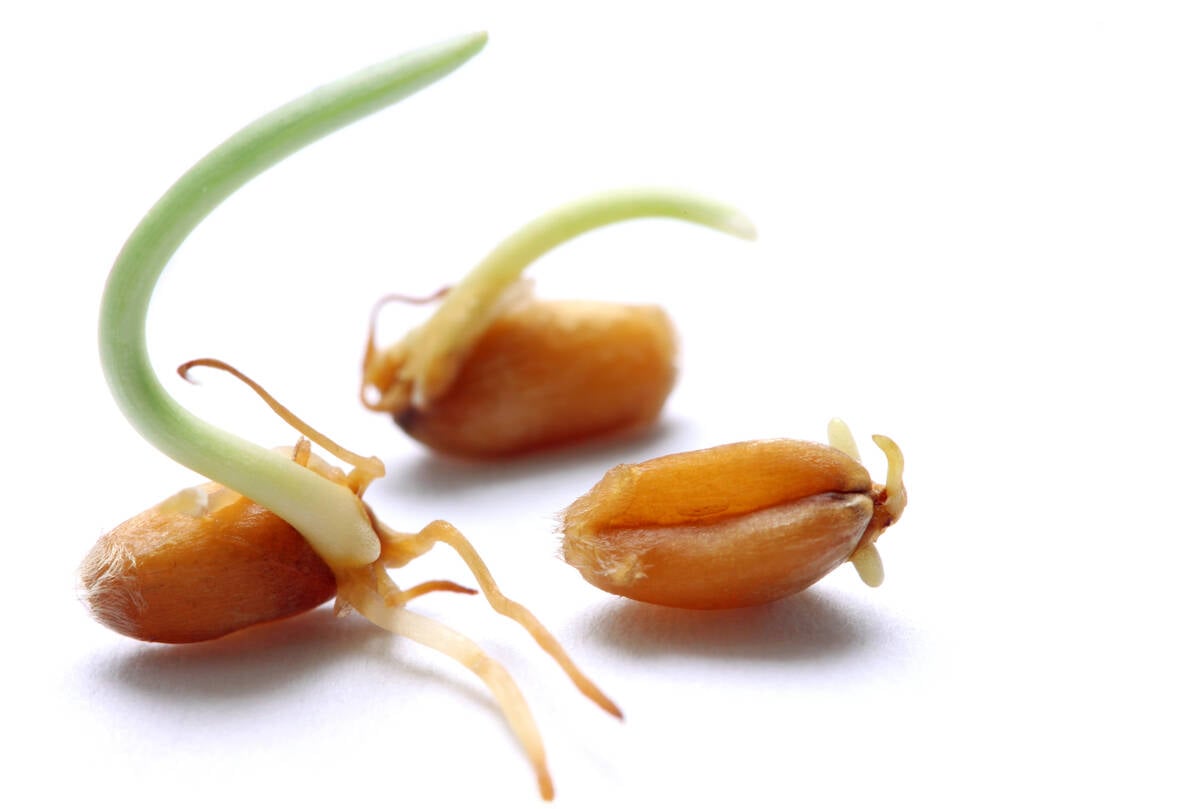Crop residue burning might be banned, but there are no plans yet to do so, Manitoba’s agriculture minister told farmers at Keystone Agricultural Producers’ annual convention last week.
“I’m not ruling anything out,” he said. “All the options are open and it’ll depend on the advice I get.”
Last fall, residue fires outraged many Winnipeggers when grey smoke filled the city, causing hundreds of asthma attacks and dangerous driving conditions on roads around the city when some farmers rushed to burn straw.
The provincial government, which makes farmers get licences for burning and regulates burning from Aug. 1 to Nov. 15, extended the licensing requirements for weeks longer.
Read Also

Manitoba farmers fight sprouted wheat after rain
Rain in mid-September has led to wheat sprouting problems in some Manitoba farm fields.
Struthers said 2009 was not a typical year for burning.
“I treat it and our government treats (2009) as an anomaly,” said Struthers.
A number of KAP delegates complained about farmers who burn illegally or unsafely and threaten all farmers’ ability to burn when necessary.
Andy Nadler, the provincial official responsible for licensing and monitoring crop burning, agreed with that sentiment.
“If I was a farmer, I’d be a little mad at the guys who are messing things up for you guys,” said Nadler.
Farmers need to understand that urbanites don’t care about agronomic realities if smoke causes their children to get sick or causes car crashes.
“When it gets into the press, people don’t really care if it will delay your seeding,” Nadler said.
Brad Rasmussen, who defends the practice, said a biomass plant near Winnipeg could clear up the straw problem in fields and produce energy.















